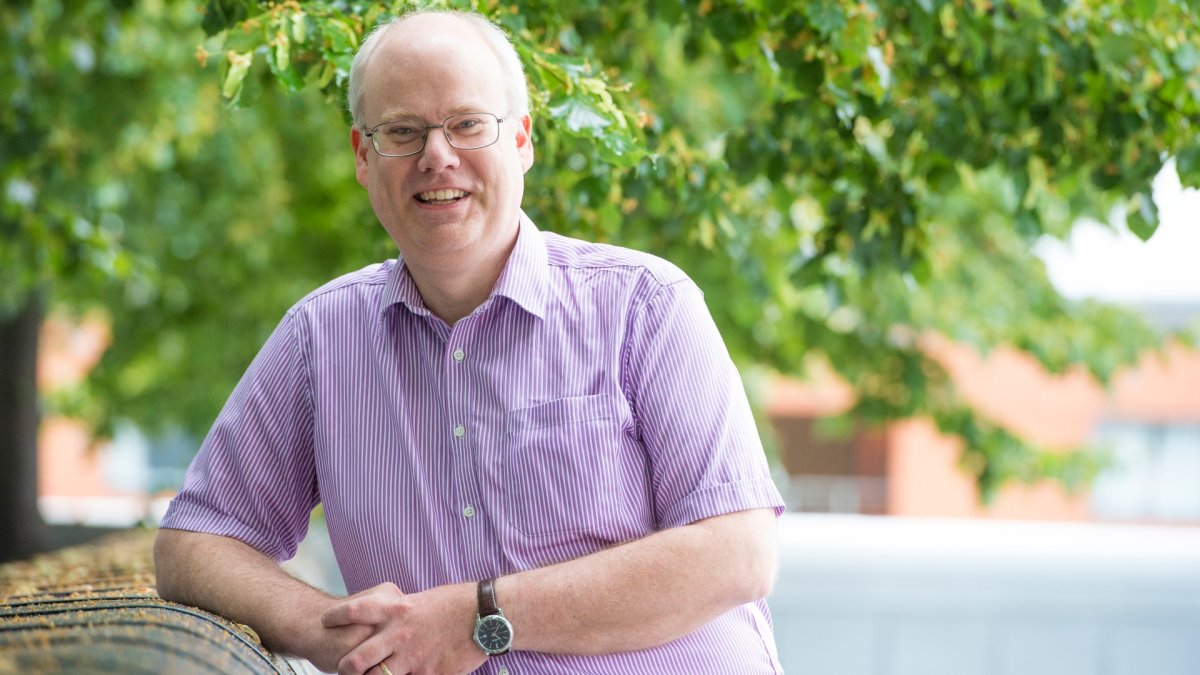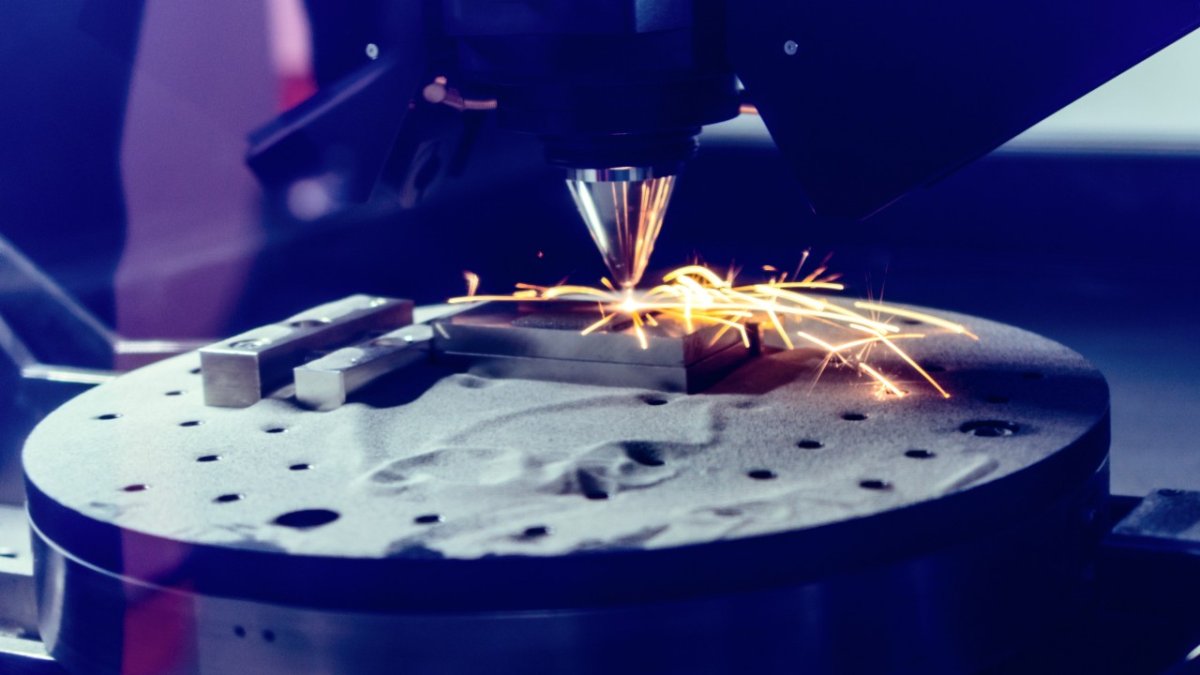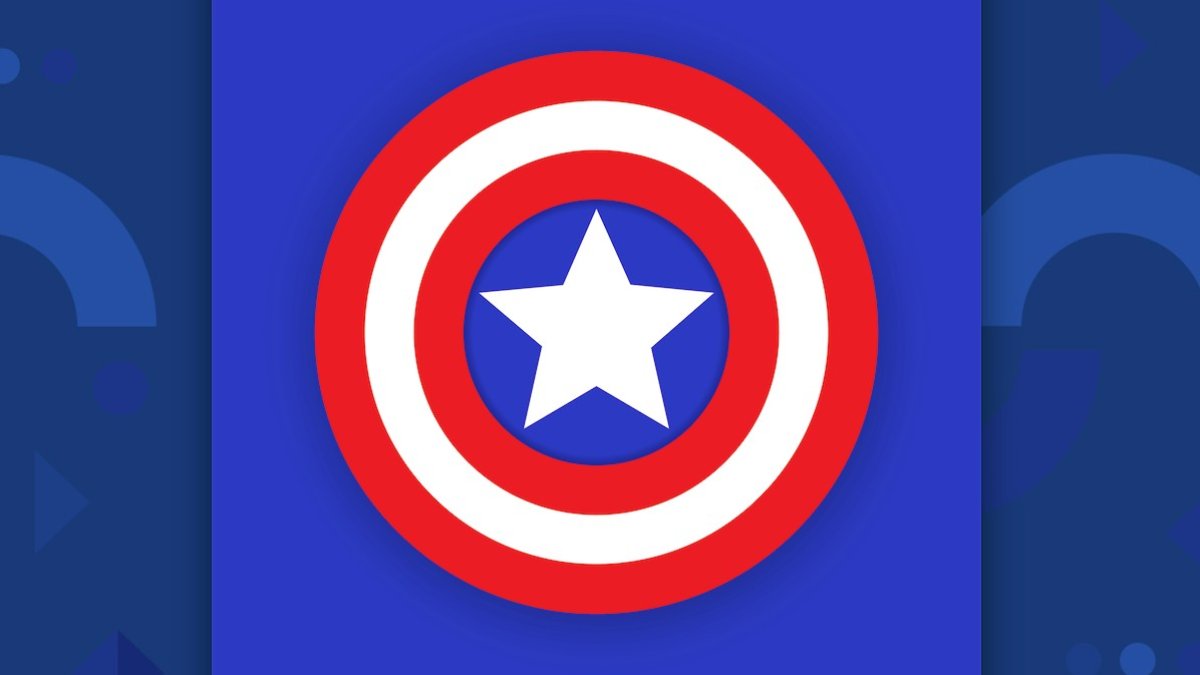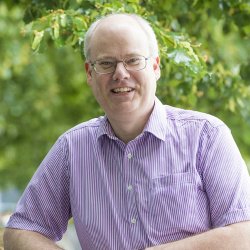Meet the academic: Dr Mark J Whiting
Dr Mark J Whiting is a Senior Lecturer in Metallic Materials in our Department of Mechanical Engineering Sciences. He also researches metallic 3D printing and he’s written about Captain America’s shield!

A childhood chemistry set prompted an early love of science for Dr Mark J Whiting
How did you start studying metallic materials?
I got a chemistry set when I was 11 and I developed a love of science soon after that. I remember borrowing library books on how to conduct experiments. I’m sure one of these included advice on making fireworks!
A few of my early experiments caused a couple of household ‘incidents’. I nearly blinded myself at one point.
When did you come to Surrey?
I came to Surrey in 1986 to study metallurgy. I obviously liked it. Apart from a placement year in Oxford and Switzerland, I’ve been here ever since.
Why is studying metallic materials important?

Mark's research can involve high-flying technology such as fighter jets
For a long time, metallurgy was materials science. Pretty much everything technological was made from metals until plastics arrived in the 1930s, then technical ceramics matured as engineering materials.
Metallurgy remains important as metals are used in a huge range of items, from mobile phones to sportscars and aircraft. The key quest for manufacturers tends to involve creating metals with better performance for cheaper cost. That could involve working on a toaster or a fighter jet.
Where does your research fit into that?
I tend to get involved in the middle of the process. If a manufacturing method changes, that can impact the microstructure of the material being used or created. If the microstructure changes, that can affect the properties of the material and make it brittle or weaker. So I use various microscopes to see how we can improve a material’s microstructure to increase functionality and performance.
Can you tell us about your collaborations with industry?
One of the smaller companies I work with, Tisics, is based in Farnborough. They make next-generation materials called titanium-metal-matrix composites. These could form part of a landing gear mechanism or the airframe for a reusable aircraft that flies into near-Earth orbit.
I’ve worked with much larger companies, such as Rolls-Royce, and I’m also involved in the Culham Fusion Project, which is turning the process that powers the Sun into carbon-free, safe and abundant electricity for a cleaner planet. People have been promising clean nuclear power for a few generations. We’re working on materials and processes that will be used by robots that go inside nuclear reactors and replace damaged materials. This will be a real game changer for carbon-free power generation.
What are your current areas of research?

Mark predicts additive manufacture will be a disruptive and enabling technology
A key area for me is additive manufacture. It’s also referred to as 3D printing, but that term over-simplifies the challenges involved in using metals.
For example, you can buy 3D printers that use plastics quite cheaply. Building printers to heat and cool molten metals and offer precision melting with lasers, however, is more of a challenge. There are also problems because the microstructures these processes create rarely exhibit the best properties.
So, I’m in the odd position of being very enthusiastic about this technology, but I’m trying to advise people to be realistic about the problems we’ll encounter.
I’m confident we’ll get there, though. It’s a disruptive technology that will change the face of manufacturing. It’s also a very enabling technology that could allow us to make devices or manufacture parts in space or on other planets.
You wrote a chapter for The Secret Science of Superheroes. Are you a comics fan?

Captain America's shield provided Mark with a fascinating starting point to examine materials resilience
When I was young, I read comics featuring the Avengers, Spider-Man and the Hulk. I’ve enjoyed watching the recent spate of Marvel movies, too. The chapter was partly written out of nostalgia and as a fun piece of public engagement.
But it was also a serious piece of pre-reading for a course module. The chapter is about a fictional material called vibranium, which is what Captain America’s shield is made from. It sets up a challenge for scientists because vibranium is the ultimate engineering alloy as it’s simultaneously the strongest and toughest material.
Aren’t those terms interchangeable?
No. In materials characterisation, strength is the ability to resist an applied load or force, while fracture toughness is the ability to resist cracks. So, materials either fail gradually like plasticine or they fail like suddenly like glass. While we can’t create something like vibranium, the scientific challenge is a good launch point to discuss engineering materials.
Learn more about studying in our Department of Mechanical Engineering Sciences.
